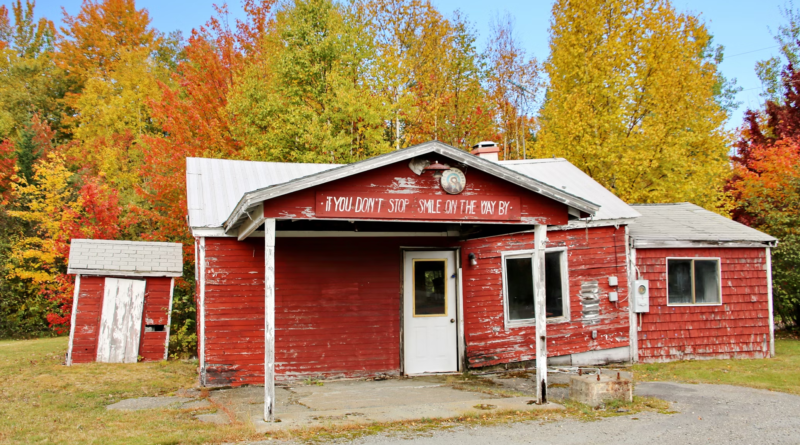Key Safety Concerns and Risks Associated with Old Construction
As buildings age, their safety and structural integrity can become significant concerns. Older construction materials and methods may not meet current safety standards, presenting various risks to occupants and maintenance workers.
To ensure the preservation of old structures and the safety of their occupants, it is important to be aware of these threats. From hazardous materials to structural weaknesses, the safety challenges associated with old construction are diverse and require careful attention to mitigate potential dangers.
Risks of Polychlorinated Biphenyls (PCBs)
The University of Washington highlights that PCBs were widely used in building materials like paints and electrical equipment until the late 1970s. Known for their durability and insulating properties, PCBs might have seemed like a great choice at the time. However, these chemicals come with serious health risks that make them a major concern in old construction projects.
PCBs are persistent environmental pollutants that can accumulate in the human body, leading to issues such as cancer, liver damage, and immune system impairment. Renovating or demolishing old buildings may release PCBs into the air or soil, increasing exposure risk. Proper handling and disposal of PCB-containing materials are essential to prevent environmental contamination and safeguard public health.
According to TorHoerman Law, these ill effects of PCBs have triggered a wave of lawsuits, particularly against companies responsible for the manufacture of PCBs. Victims exposed to PCBs, whether through workplace exposure or environmental contamination, have sought compensation for the resulting health complications. The ongoing litigation underscores the importance of recognizing and addressing PCB contamination in old construction.
Reuters reported in July 2024 that Monsanto had been ordered to pay $160 million to settle a PCB lawsuit with the city of Seattle. The city accused the company of polluting its drainage system and the Lower Duwamish River with toxic PCBs.
The settlement includes $35 million for PCB remediation and $125 million to address other claims. Notably, this is the largest settlement of its kind for a single city. Despite the settlement, Monsanto did not admit liability or wrongdoing. This lawsuit, filed by Seattle in 2016, is part of broader legal challenges Monsanto faces over PCB contamination.
Are PCBs still being manufactured and used?
No, PCBs are no longer used today. They were banned in the United States in 1979 due to their harmful environmental and health effects. However, PCBs can still be found in older buildings and equipment, posing ongoing risks during renovations or demolitions if not properly managed.
Structural Integrity and Deterioration
Old construction often features outdated materials and techniques that may not meet modern safety standards. Moisture, temperature changes, and normal wear and tear can all cause a building’s structure to deteriorate noticeably over time. Issues such as foundation settling, rotting wood, and corroded metal supports are common in older structures and can compromise stability.
Fast Company notes that in December 2023, a seven-story apartment building partially collapsed in New York City, highlighting the risks associated with aging structures.
With the median building age being 90 years and many neighborhoods dating back to before 1900, concerns over older buildings are growing. This incident underscores the urgent need for more rigorous inspections and maintenance to prevent similar tragedies.
How can old buildings be safely maintained?
It is essential to conduct routine maintenance and inspections to find and fix structural issues before they become dangerous. Reinforcing or retrofitting older buildings may be necessary to bring them up to current safety standards and ensure their continued usability.
Lead-Based Paint Risks
As per NIH, before its ban in 1978 because of its harmful traits, lead-based paint was widely utilized in houses and other structures. Lead paint may degrade over time, resulting in lead particles that are extremely dangerous to one’s health, particularly for young children and expectant mothers. Exposure to lead has been linked to delays in development, damage to the brain, and cognitive disabilities.
How should lead paint in old buildings be handled?
When renovating or repairing old structures, it’s crucial to test for lead paint and take appropriate safety measures. Professional lead remediation services should be used to safely remove or cover lead-based paint and prevent contamination, ensuring a safer environment for residents.
Old buildings, while often imbued with historical character, pose significant safety challenges due to outdated construction practices and material hazards. The presence of harmful substances like PCBs and lead paint underscores the health risks associated with these structures.
Moreover, the deterioration of structural integrity, as evidenced by recent collapses, highlights the urgent need for proactive inspections and maintenance. Balancing preservation with safety is critical. Rigorous assessment, coupled with modern remediation techniques, is essential to protect both occupants and workers while safeguarding the architectural heritage of these buildings.
